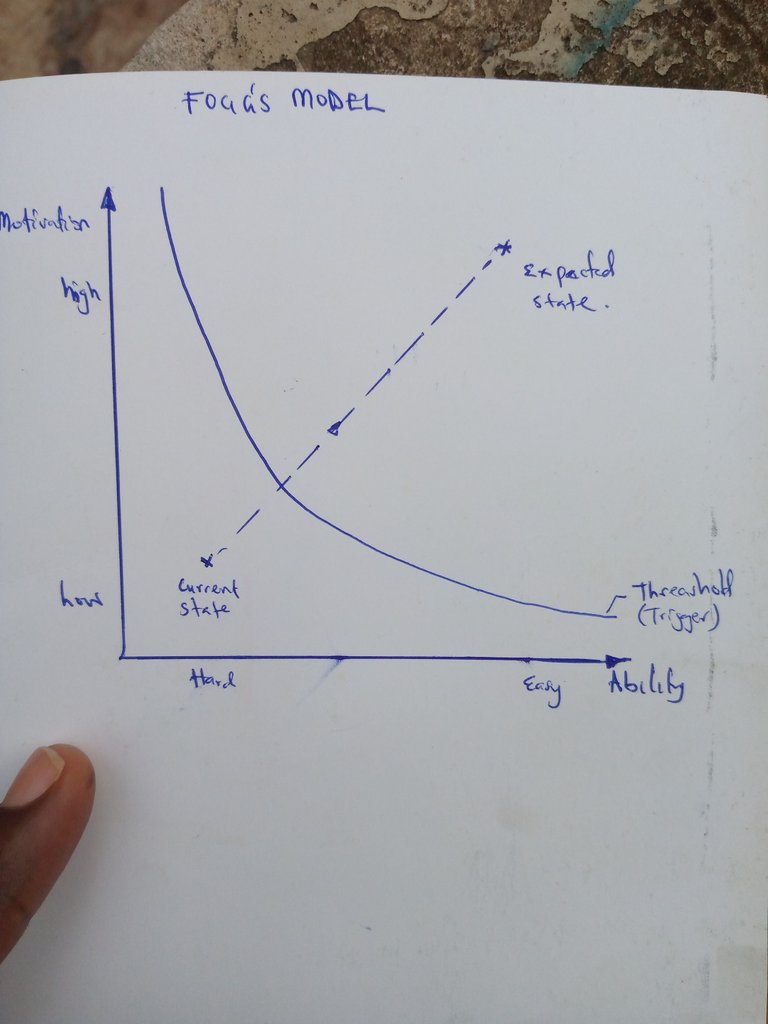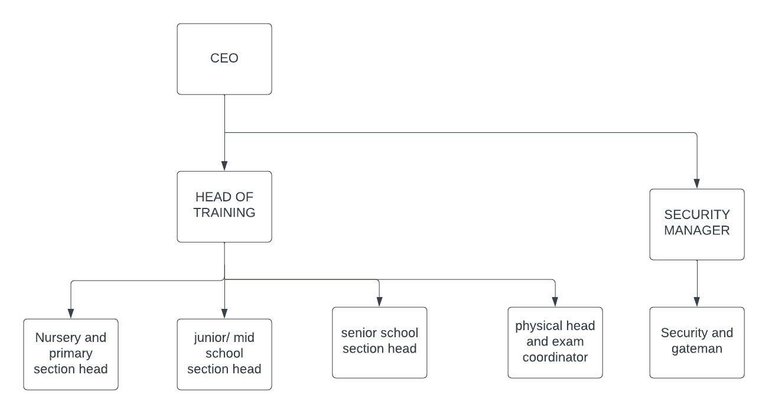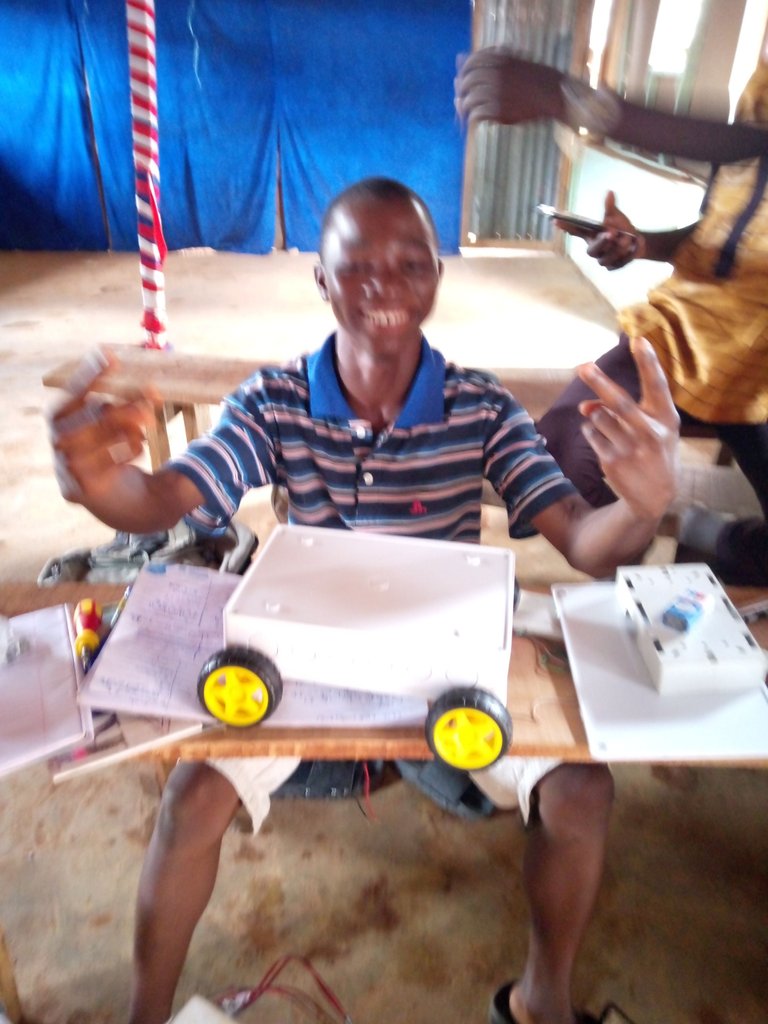Organizational Performance Improvements using Foggs behavioral model
According to Dr. BJ Foggs of Stamford’s university, for humans to change their norms character that is to behave in a different approach and manner, there are three important conditions that must be meet such a required action must motivate people (motivation), people must be able to do it (ability), and they must be reminded to do it (trigger).

According to him, humans must be adequately motivated in order for them to perform the task, humans must have the ability to perform such needed action and humans must be reminded to perform such action in order for them to carry out the expected behavior. It’s must also be said that one of the most difficult thing to do for humans is to the adopted a new approach, ideology, methods, etc., because we naturally see it as a difficult action as compared to what we’ve known before hence, it is very difficult or human to change.

An organization has been defined as a set of people working together in a structured manner in order to achieve a common goal. The goal can be a short time or long-term goal but there must a goal, different categories of people working together and most importantly there must be the structure that is the hierarchy. The focus of this post is to look for a way of improving the performance of any given organization using foggs behavior model and we will be limiting application to organization improvement. We will look at four specific methods of improving any given organization
METHODS
i) DATA ACQUISITION:

its commonly said that if you can measure it, you cannot improve it and if you cannot improve it, then you cannot grow it. Assuming the organization in question is currently in operation(active) it is expected that certain critical parameter that indicates the performance of such organization is first itemized and an adequate method of measuring such parameter is developed.
I owned a training firm and I developed a sheet called training skill matrix in which the knowledge of the trainee at the time of their signup for our course is taken. Its like taking the panoramic view of the student and getting their percentage of understanding into the course they are about to undergo and after the training, we will give them the same skill matrix to evaluate themselves again and this will be able to help us as an organization to know how impactful we are, the area of our course that the student was unable to understand and to prepare adequately for that aspect against the next enrolment.
This process is called data acquisition it's can be done before or after any given exercise. If it's done before is called survey and if it's done after is called feedback
ii) DATA INTEGRITY
Data integrity must also be emphasized here, it’s not just about getting, This data must be of high accuracy and in all sincere opinion of the user. Experts in this field suggest that such data should not be obtained by asking indirect questions. In my training firm I talked about earlier on, I wanted to see why students are not signing up for the training as expected, so I decide to carry out research to establish why, as at that time we were only training students in higher institutions in Nigeria hence I selected six standard federal universities in four different geo-political zones of Nigeria and some other polytechnics, monotechnic also. I asked the questions about their spending generally and their order of priorities it will interest you that training did not come up from one to seven of their priority hence, I knew I must do something very different in order to make the business work. Data collection should be done in such a brilliant way in order to get the true picture of the situation at hand. The next important activity to be done here is data analysis, as I said early the order of priority of those student in question were food, house rent, school fees, internet, water, electricity, department levy, and schools’ dues.
iii) DATA ANALYSIS
We were able to get to this conclusion by proper data analysis. The real question I asked those student is just two which are;
- if you have twenty thousand bonuses now what will you achieve with it? remember is a bonus and
- how much can you consider as give away? That the only two questions I asked them, we the aid of data analysis I was able to make all those deductions from those two above questions.
iv) GAP ANALYSIS
After an organization analyzed the obtained data certain critical inferences should be deduced and what to be done to close out the gap must be itemized with whom is expected to do it. Quality data presentation is also a tool that can make use in order to drive an organization this can be done with the use of charts.These charts and data could indicate the cost of operation, operation time, loss, production volume even compares the top three competitors in the same industry.
FINDINGS
Necessary behaviors needed to drive the performance of an organisation in order to close the identified gap(s) must be put in place. This step must be developed by the leader of the organization or by sort out contractor.Now such action step must be subjected to foggs behavioral model before it's will be communicated to people down the organization chart tree.Once people are motivated to do them. According to Fogg, it is highly difficult for humans to change their habits, especially those ones they are already used to. Fogg also lay a very crucial emphasis on the fact that even if the new action is less demanding compared to the previous one humans will still like to continue the old difficult action. In his model, he believes that these expected changes can be done if they are sufficiently motivated to do it. Fogg's highlighted six different approaches to getting people motivated and he grouped all these six into three categories which include
i)Pain/Pleasure
Humans seek pleasure and try to avoid pain, this is the fundamental behavior of all of us we want a pleasurable moment compared than a painful event. Hence talk to them when they are happy and give them bonuses for doing the expected action

ii)Hope / Fear
Humans hope for something good and fear something bad. Hence drive them by giving them increase their hope in the organization like pension plans, retirement plans, and family free health care. etc.
iii)Social Acceptance / Rejection
Humans want to be accepted by other humans and don't want to be rejected
If all the above-stated observations can be thoroughly considered, make the task easy for humans to do, and finally remind them to do the right thing almost in every conversation, the so-called organization will improve and continuous practice will lead to continuous progress
